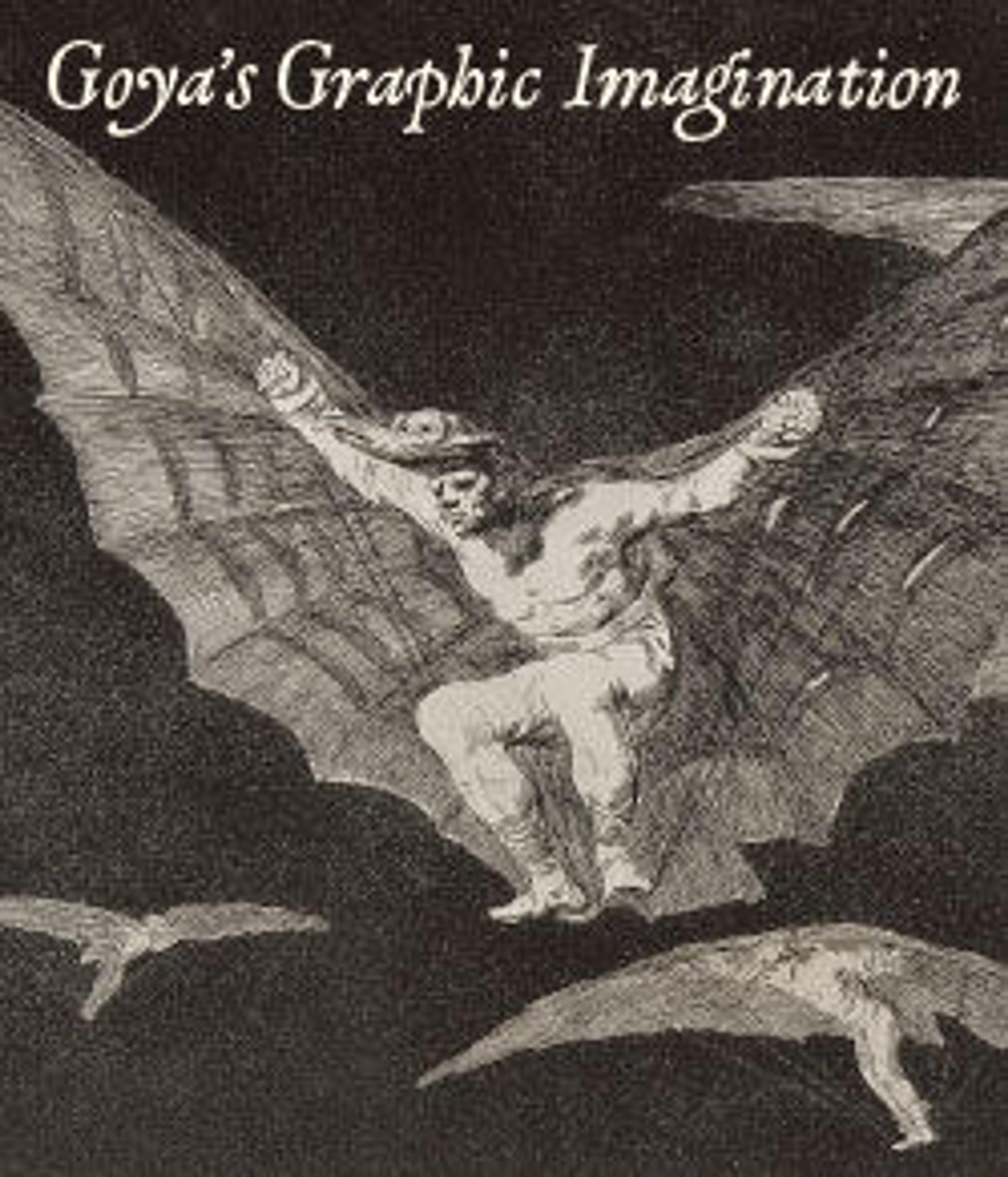Self-Portrait
Goya is regarded as a remarkable portrait painter with the rare ability to move beyond physical appearances to capture the essence of a sitter. During his long career he produced a number of self-portraits of which, this is one of the most powerful. Goya looks directly at the viewer with mesmerizing intensity. Yet the portrait seems to be somewhat introspective, a close examination of himself, conveying emotional clarity and precision. Between October 1792 and February 1793 Goya suffered a serious illness which left him profoundly deaf for the rest of his life. Deprived of his hearing, the interior world that Goya must have inhabited is well expressed in this portrait, where the intensity of his thoughts seem manifest in his gaze. The head is the only carefully resolved part of the sheet, his garments are only lightly indicated. The badge attached to his lapel is inscribed with his name ‘Goya’. The purpose of the drawing is not known. It might have been made purely through self-reflection and his desire to capture his physical likeness reflecting his psychological state, or possibly as a sheet to give to a friend or even, as an idea to later develop into a print.
Artwork Details
- Title:Self-Portrait
- Draftsman:Goya (Francisco de Goya y Lucientes) (Spanish, Fuendetodos 1746–1828 Bordeaux)
- Sitter:Goya (Francisco de Goya y Lucientes) (Spanish, Fuendetodos 1746–1828 Bordeaux)
- Date:ca. 1796
- Medium:Brush and point of brush, carbon black ink
- Dimensions:Sheet: 5 7/8 × 3 9/16 in. (15 × 9.1 cm)
- Classification:Drawings
- Credit Line:Harris Brisbane Dick Fund, 1935
- Object Number:35.103.1
- Curatorial Department: Drawings and Prints
More Artwork
Research Resources
The Met provides unparalleled resources for research and welcomes an international community of students and scholars. The Met's Open Access API is where creators and researchers can connect to the The Met collection. Open Access data and public domain images are available for unrestricted commercial and noncommercial use without permission or fee.
To request images under copyright and other restrictions, please use this Image Request form.
Feedback
We continue to research and examine historical and cultural context for objects in The Met collection. If you have comments or questions about this object record, please contact us using the form below. The Museum looks forward to receiving your comments.
